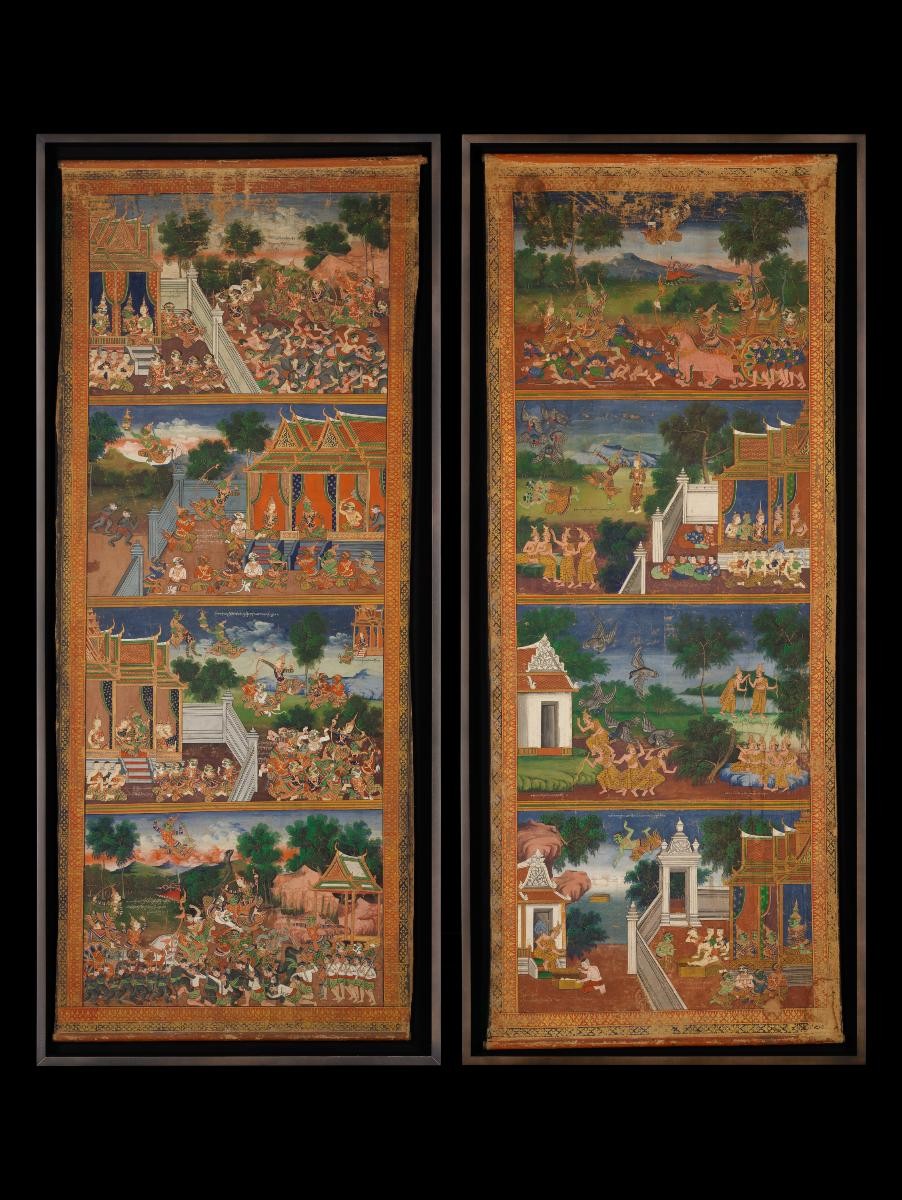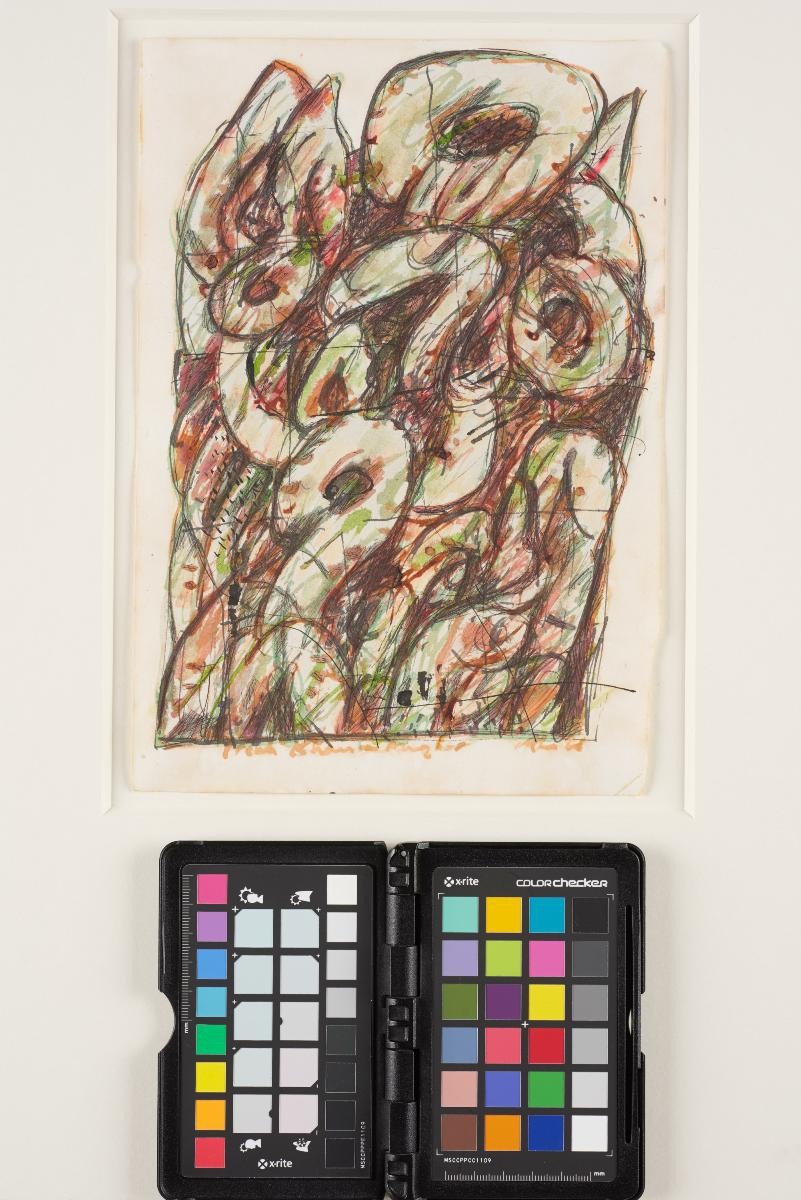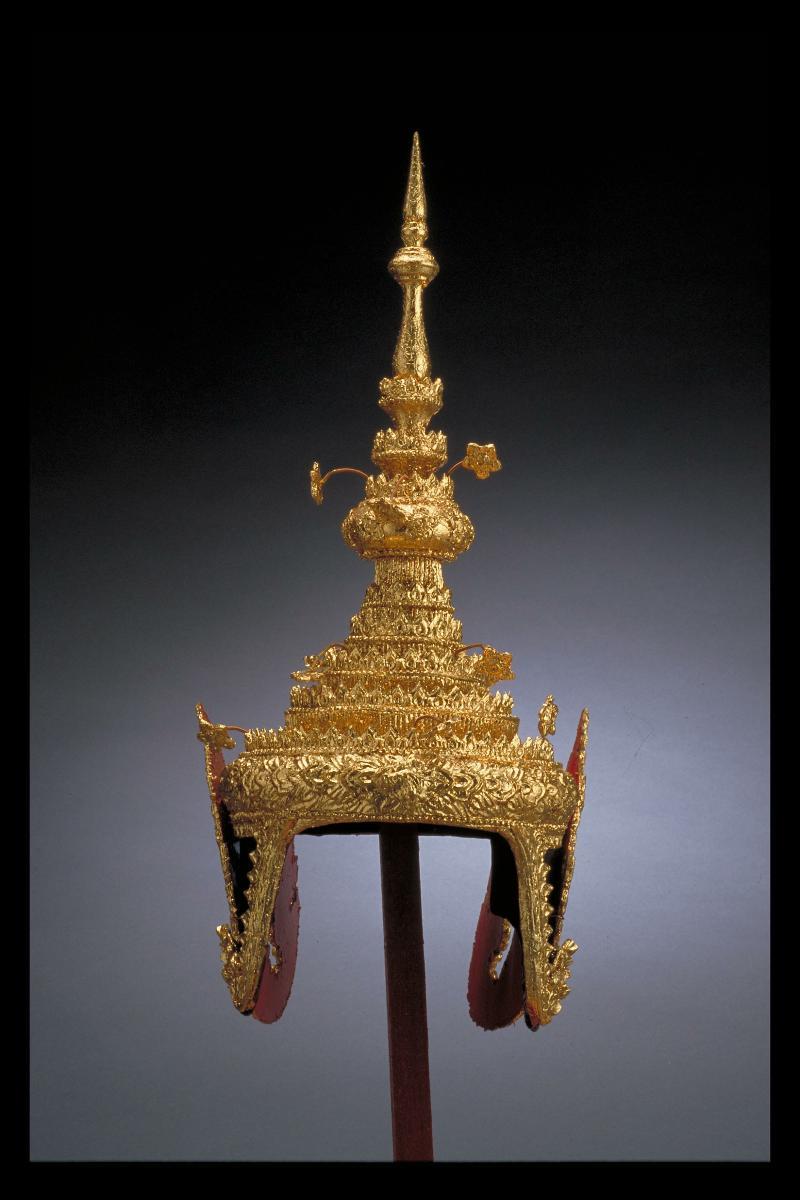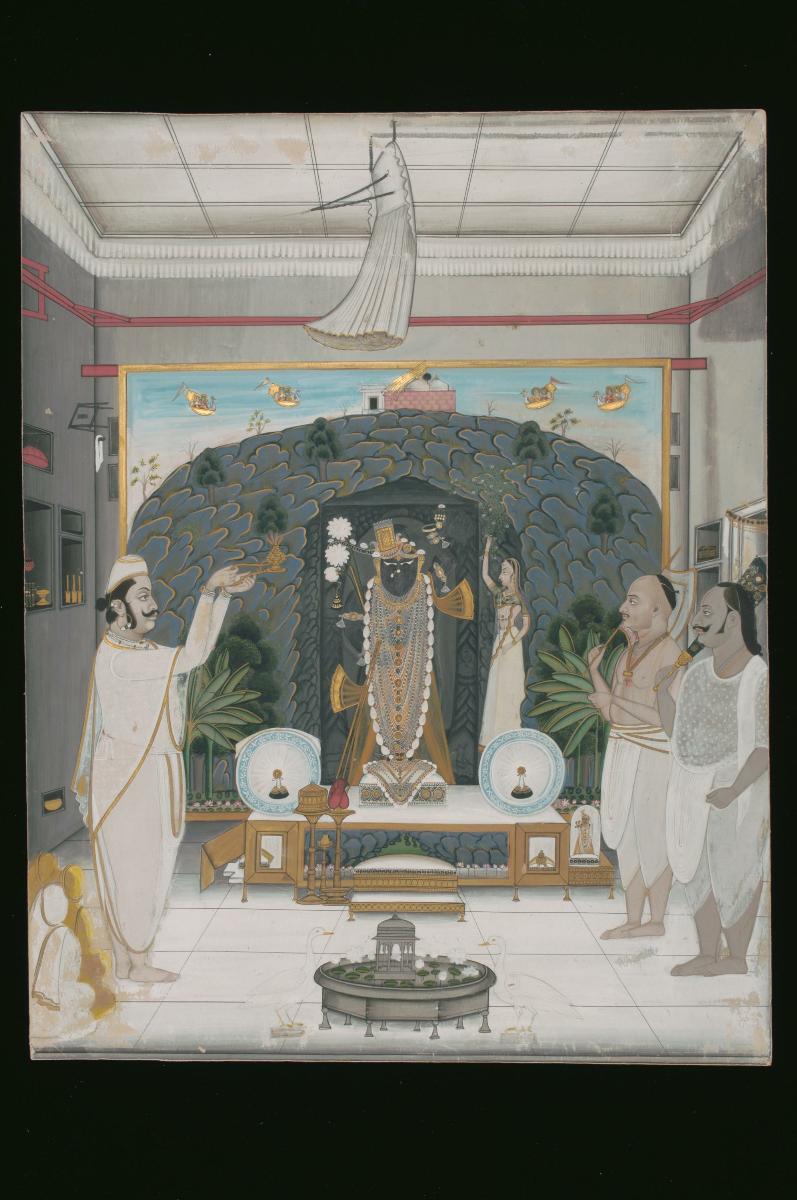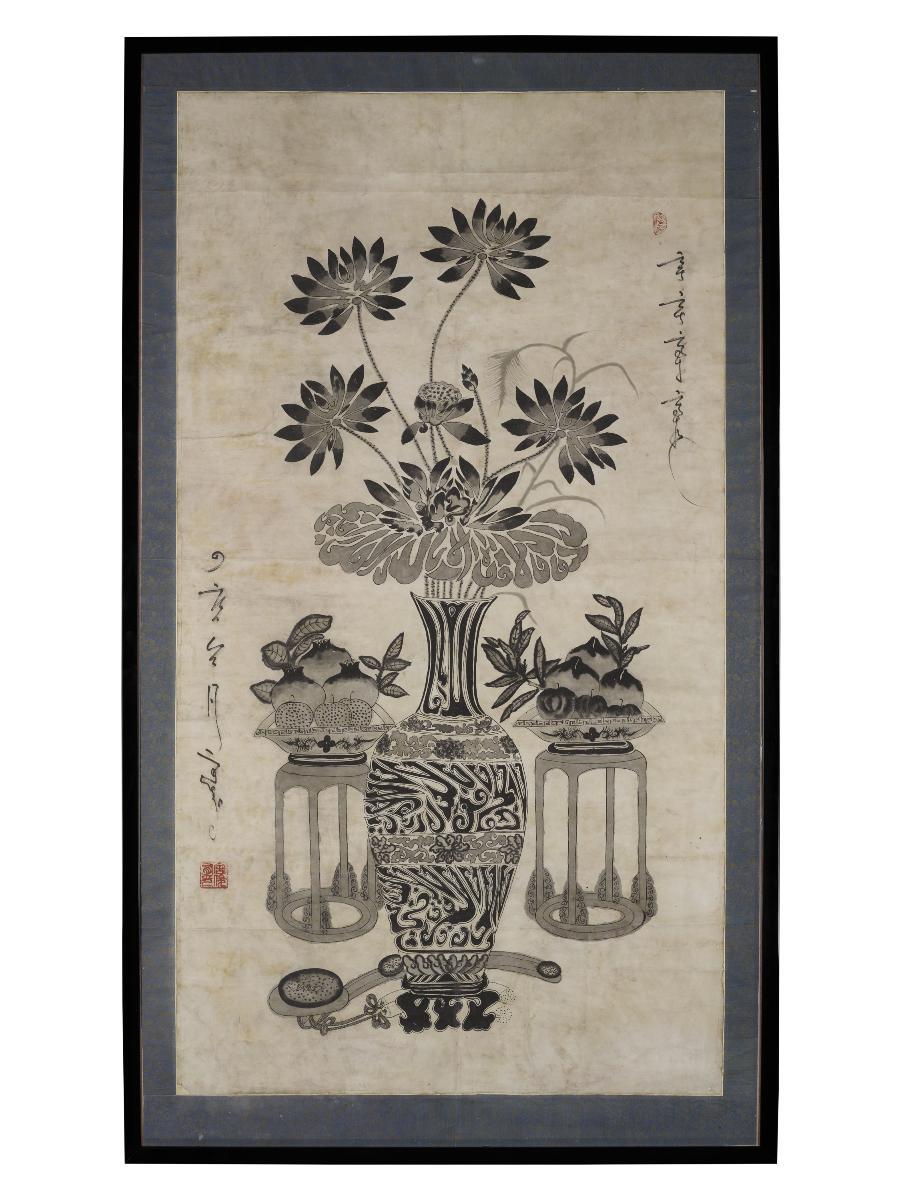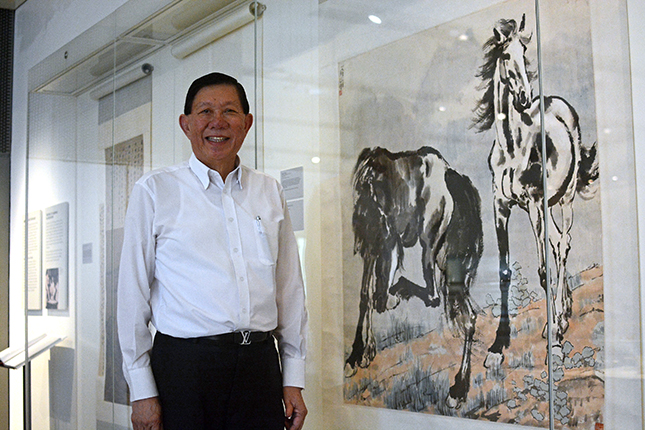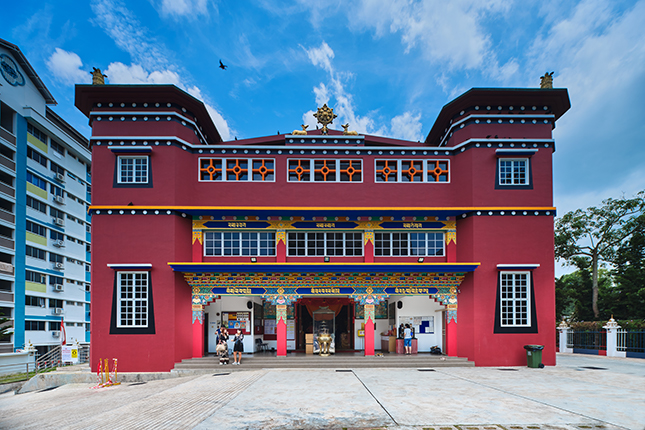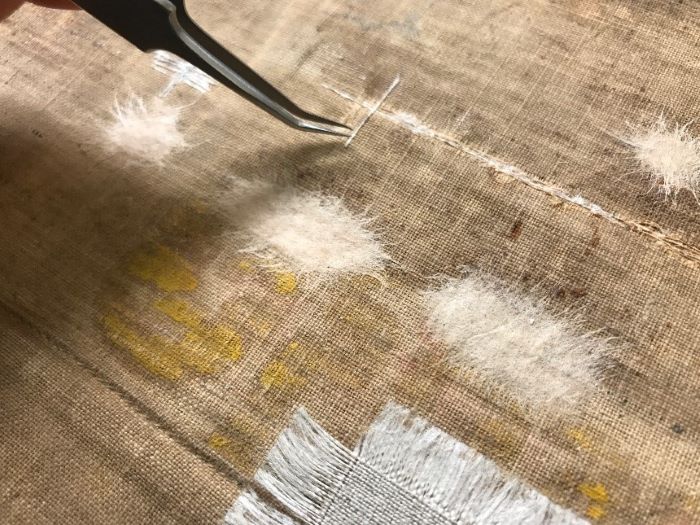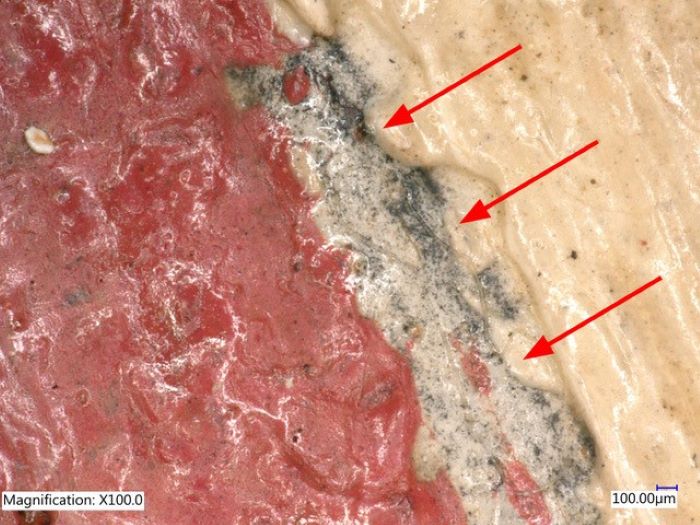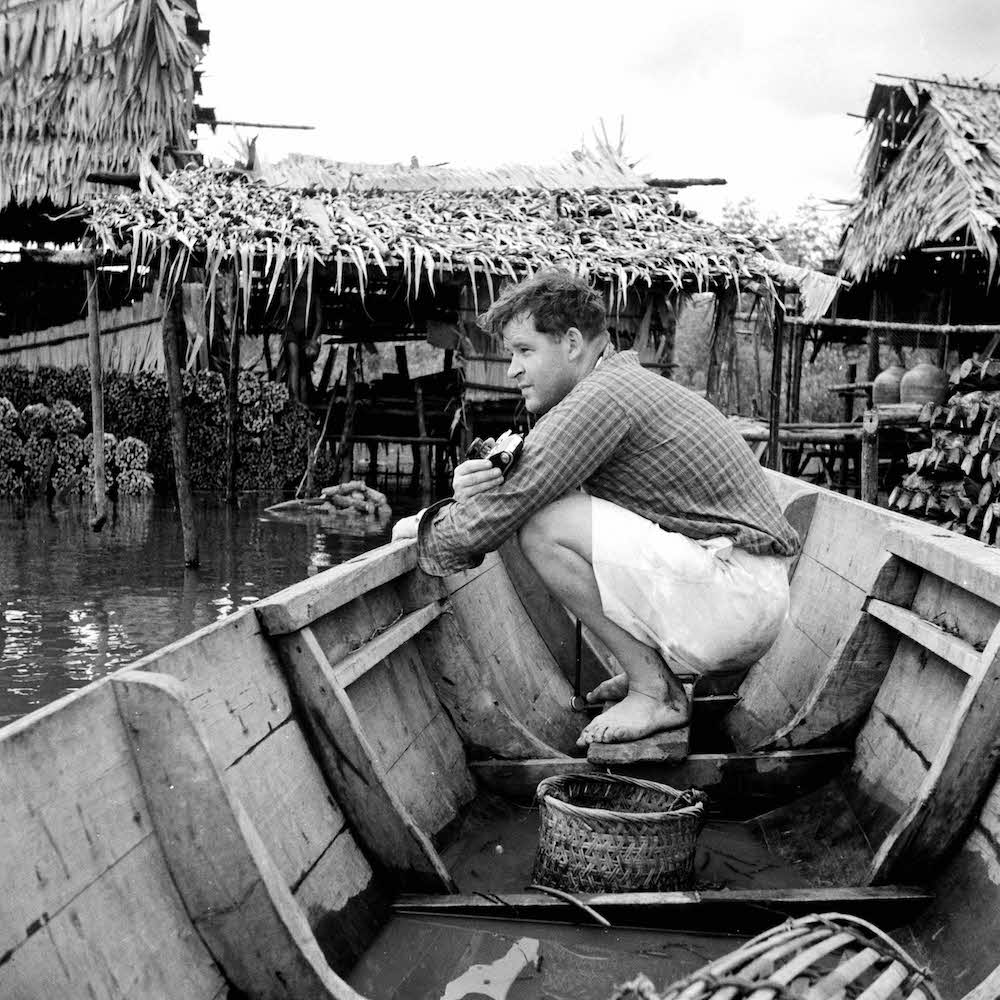These paintings are outstanding examples of Cambodian preah bot (painted scrolls), a type of Buddhist painting done on cloth (usually silk, cotton or canvas) and rolled. Preah bot paintings were usually stored in bamboo cylinders, and unrolled for display in wats and temples. The oldest surviving preah bot date to the late 19th century, but the design of earlier wats and temples suggests that paintings of this kind were commonly made in prior centuries, and the earliest inscription mentioning preah bot paintings dates to 1583 CE. However, around 1900, new and distinctly modern imagery began to appear in Cambodian Buddhist painting, including in preah bot. This includes Western-style linear perspective, used in the depiction of architecture, and Chinese-style depictions of foliage and landscapes. In these ways, preah bot like these are visual records of modernity, specifically reflecting the increasing presence of images from other parts of the world within colonial-era Cambodia (such as Western prints and Chinese trade paintings, especially reverse glass paintings). Most preah bot depict jataka tales, however these works feature episodes from the Reamker (Cambodian Ramayana), with scenes depicting Jatayu the vulture and the Vanaras or monkey army. The preah bot paintings in the collection of the National Museum of Cambodia also depict Reamker (Ramayana) scenes. The artworks are in outstanding condition, as that they left Cambodia prior to the destruction of the 1970s, when many similar paintings were destroyed or fell into disrepair.




